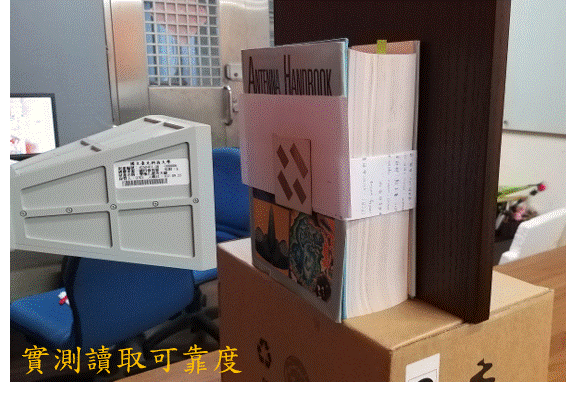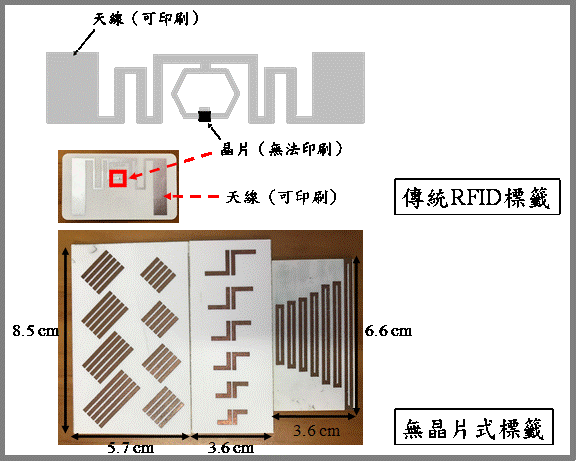| Technical Name | The Endgame of Item-Level Tagging: Chipless RFID | ||
|---|---|---|---|
| Project Operator | National Taipei University of Technology | ||
| Project Host | 陳晏笙 | ||
| Summary | Conventional RFID tags consist of a chip and a printed antenna, but the cost of the chip is much higher than that of the antenna. To eliminate this main cost, chipless RFID removes the use of a tag chip. This research aims at the full implementation of chipless RFID in real application. We organize the research issues into four subjects, including the design of chipless tags, chipless RFID readers, reader signal processing, and wireless propagation channel. The hardware design includes compact 25-bit chipless tags that show high reliability in library stacks, dual-port reader antennas that exhibit low-profile, broadband, and directed features with reduced mutual coupling, and reader architecture that integrates an RF module, a digital module, and a power module into a system. The proposed software algorithms include calibration-free and anti-collision signal processing using time-frequency analysis. Finally, the four subjects converge and all the subsystems are integrated. |
||
| Scientific Breakthrough | Our technology revolutionizes IoT and UHF RFID. When conventional UHF RFID is applied, the cost is dominated by the tag chip. In contrast, our chipless RFID reduces the cost by 99%, as the chip is removed yet the information can be recorded on fully printable conductors. It is expected that this technology can be implemented on library collection managements, checkout systems, and other RFID applications. Especially, when this technique is applied to the items of malls or supermarkets, the checkout efficiency can be greatly enhanced. Moreover, consumers can have a brand-new shopping experience. It is not only a cost-reduced RFID technology; it brings a dramatic impact to shopping behaviors. |
||
| Industrial Applicability | Our technology can be applied to various IoT scenarios. Especially, the chipless tags can be attached to items from retailers such as malls, supermarkets, or convenient stores. The current technology used in checkout counters is based on barcode, which cannot detect multiple items simultaneously. In contrast, our chipless RFID provide a multi-tag detection manner with a cost as low as barcode. With a reader placed under the check-out desk, the basket that is full of items can be scanned, and the price of those items is shown accordingly. In addition to this application, chipless RFID has potential for library collection managements and several IoT applications. In summary, it preserves the cost of barcode technology, yet it achieves the detection capability of UHF RFID. |
||
| Keyword | RFID Internet of Things Antennas Library management Signal processing Reliability Localization 5G mobile communications Additive manufacturing Detection | ||
- t107369009@ntut.org.tw
other people also saw







